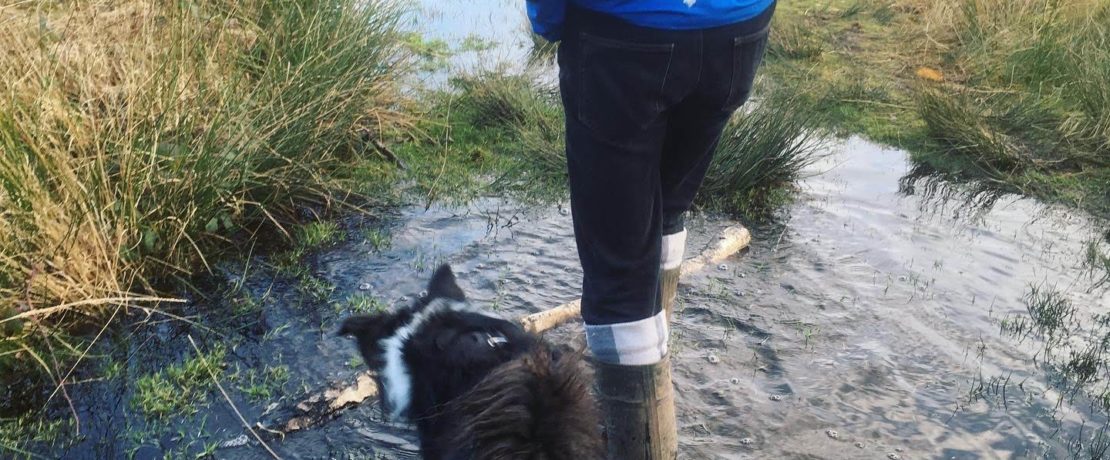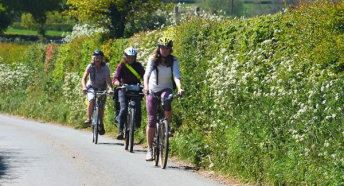Discover Cheshire’s bogs and peatlands
From its amazing capacity to act as a carbon sink to preserving prehistoric remains, there is more to peat than meets the eye!
300,000,000 tonnes of carbon are stored in England’s upland peat soils – far more than that stored in our forests. Atmospheric carbon dioxide is absorbed by the peat, and as long as it stays wet, the acidic conditions mean that it can’t escape as decomposition is slowed down. Cheshire’s most famous bog body, Lindow Man (AKA Pete Marsh), illustrates the fantastic preservation properties of peat!
Cheshire peatlands that you can visit:
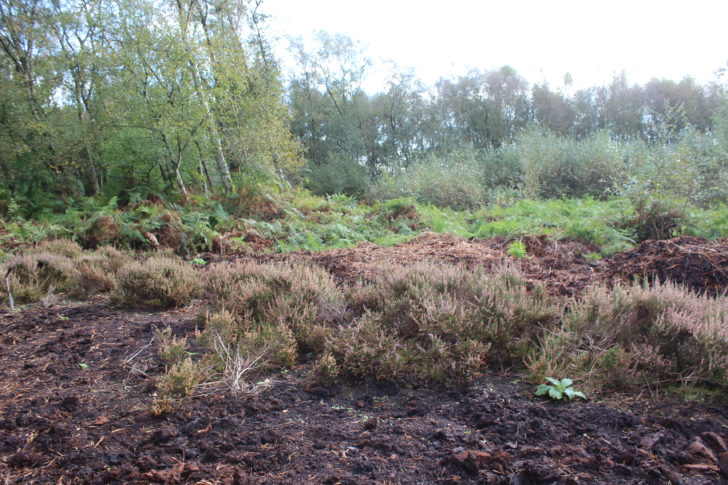
However, we need to do more to protect these vital carbon sinks. The changing climate can lead to conditions ideal for wild fires, sometimes started by barbecues or cigarette ends, or even started purposely. And although now banned in blanket bogs, one of three types of peatlands in the UK, heather burning is a long-established method of moorland management used on grouse moors, and reduces the capacity of the land to absorb carbon.
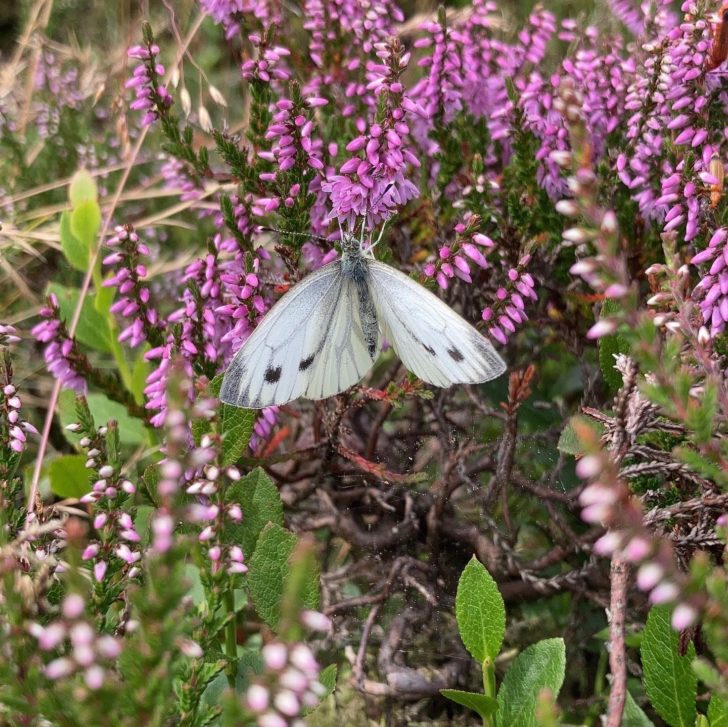
Commercial uses of peat
As well as being dried and used as a fuel, peat is still being extracted for commercial composts. Its ability to retain water and nutrients have made peat-enriched composts the standard for many years. Thankfully, good alternatives are now available, with the gardens of the Royal Horticultural Society demonstrating that fantastic results can be achieved without it.
Despite the fact that peat is such a fantastic carbon sink, there is a great deal of scope for improvement. If the land is allowed to dry out, the peatland starts to emit the carbon dioxide that has been stored over millennia; in 2018 around 5% of the UK’s greenhouse gas emissions were from drained peatlands! Find out more on CPRE’s blog (link below)
https://www.cpre.org.uk/discover/everything-you-need-to-know-about-peat/
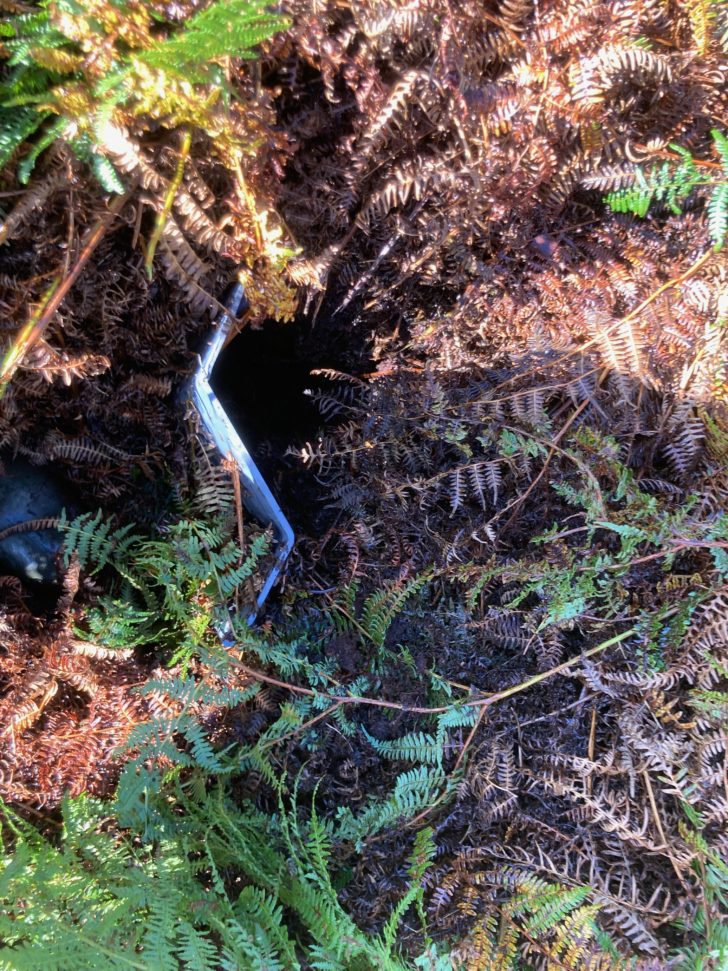
Re-wetting peatlands is a management strategy that can make a real difference. Action can be taken to raise the water table, including blocking drainage ditches and gullies, building raised embankments to keep the water in, inserting dams below the surface to slow drainage, and planting flood-resistant vegetation in ditches to slow water run-off.
As well as managing our peatlands, careful management of existing forests and woodlands is key to ensuring that they continue to absorb carbon, rather than becoming net emitters.
